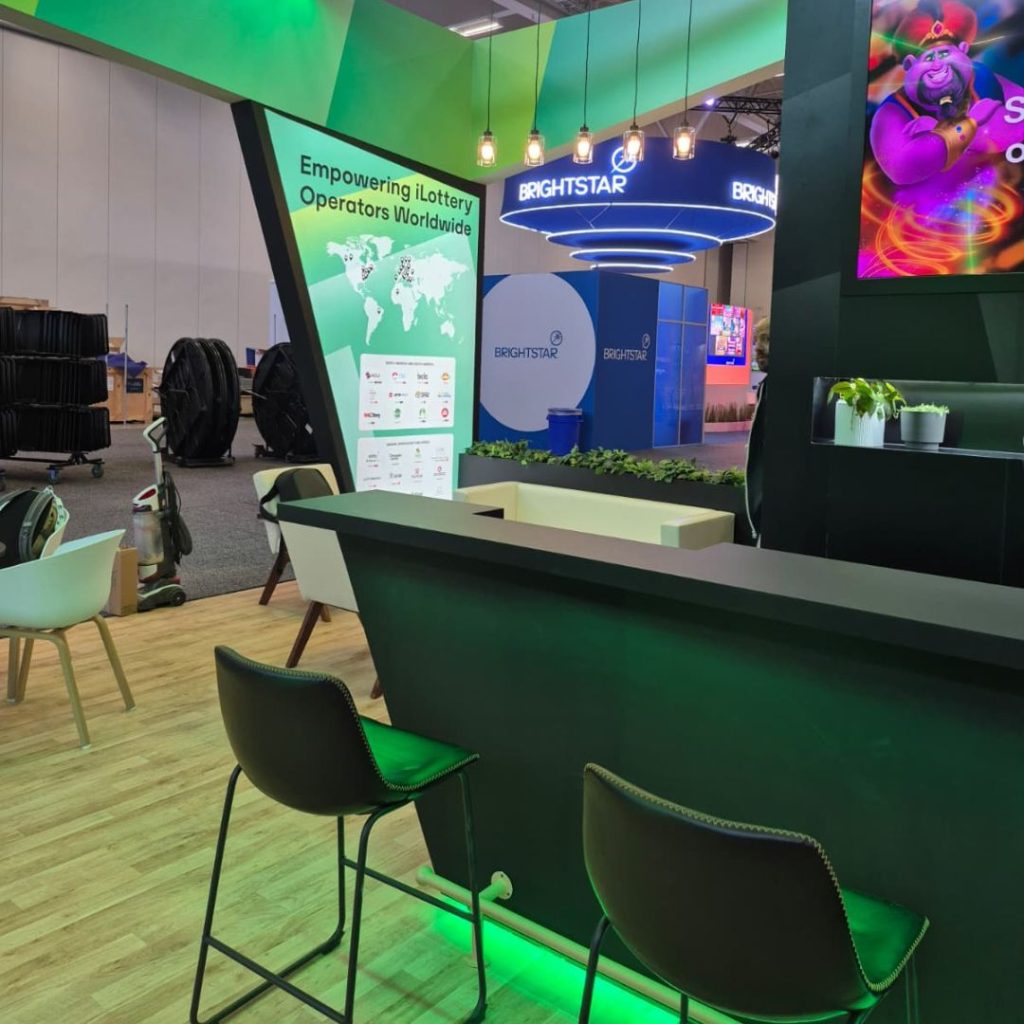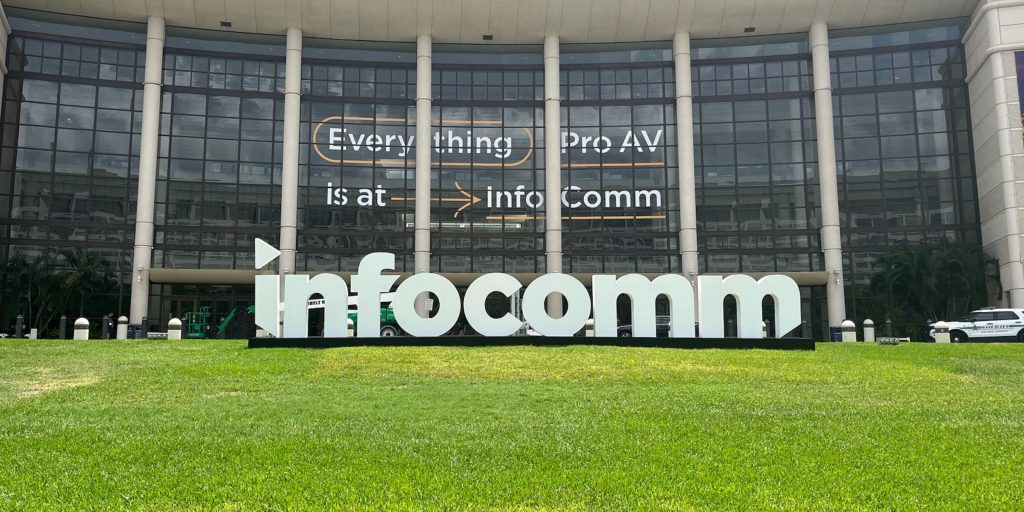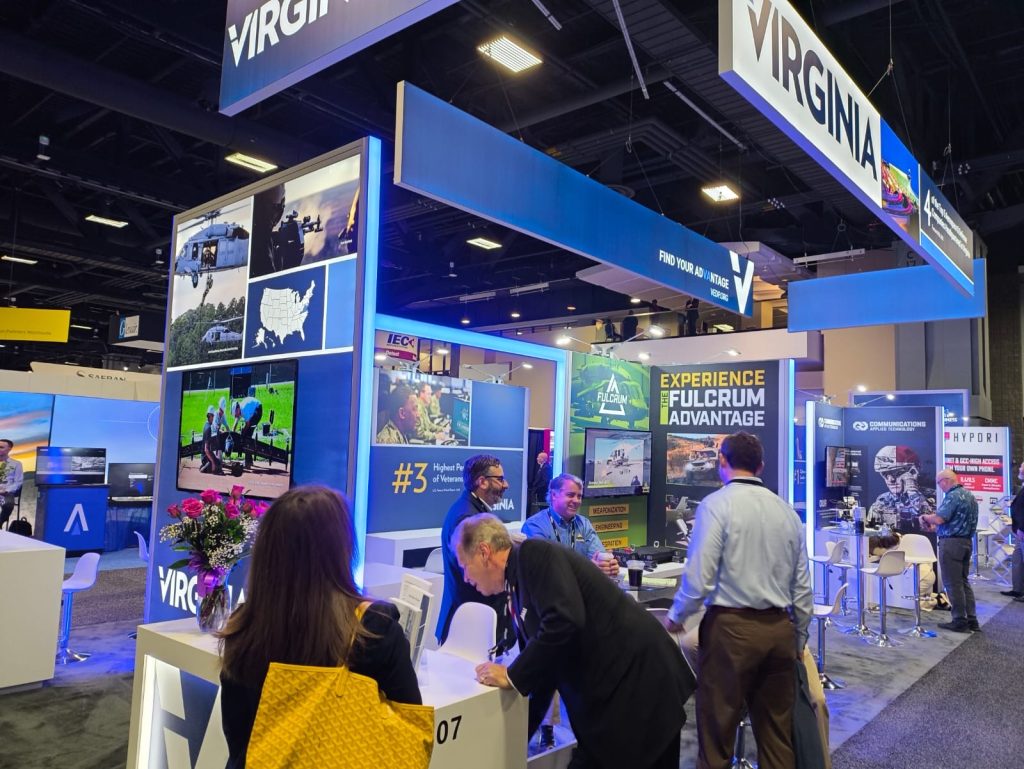Running a successful trade show booth is more than creative design and great marketing. It requires thoughtful planning around exhibit logistics, permits, insurance, and compliance to ensure your show goes smoothly and you avoid costly surprises. In this guide, we’ll walk you through what every exhibitor needs to know — step by step — to protect your investment, maintain compliance, and streamline logistics.
“Exhibit logistics” covers everything from shipping your booth materials, coordinating freight and drayage, to installation, dismantle, crate storage, on-site labor, and return transport. It also involves managing permits, insurance documents, and compliance with venue and local regulations.
Even the most stunning booth design can be derailed if your crates arrive late, paperwork is missing, or your insurance doesn’t meet venue requirements. Poor logistics can lead to delays, fines, denied entry, or extra costs.

Fire safety / occupancy permits (ensuring egress paths, flame-resistant materials)
Special activity permits (cooking demos, machinery, live demos)
Sales tax / vendor permits (if selling onsite)
Electrical / utility permits (for booth power setups)
Contractor / installation permits (especially for multi-story or custom builds)
Submit floor plans, booth layouts, safety documentation, material certifications (e.g. flame retardant certificates). Follow the venue’s exhibitor manual’s lead and contact the venue’s permitting authority early.
Missing deadlines
Incorrect or outdated floor plans
Not including all contractors or subcontractors in permit filings
Using non-compliant materials that violate codes
Incomplete or missing supporting documents
Best practice: 90 to 120 days before show. Some specialized permits (electrical, food demos) may require even earlier filings. Starting early gives buffer to correct issues.
Most venues and organizers require proof of liability insurance before setup. Exhibitors risks include bodily injury (trip/fall), property damage (to venue or adjacent booths), theft or damage to booth materials, and financial liability. (MFE Insurance: what type of insurance a trade show needs)
General Liability Insurance — protects against third-party bodily injury or property damage
Property / Booth Materials Insurance — covers your display, crates, inventory
Event Cancellation / Postponement Insurance — in case a show is canceled or delayed
Freight / Transit Insurance — protects goods while in transit
Product Liability / Personal & Advertising Injury — if you’re selling products or promoting services
Additional Insureds & Certificates of Insurance (COI) — venues often require you list them as additional insured
Confirm that policy limits meet venue’s requirements (commonly $1–2 million)
Ensure transit / booth material coverage is included
Request a COI early, name venue or organizers as additionally insured
Compare specialty policies from trade show / event insurers (e.g. Tower Street’s trade show specialization) Tower Street Insurance
Covered: slips, falls, damage to rented premises, standard liability.
Often excluded: acts of nature, terrorism, intentional damage, some high-risk activities, alcoholic liability, product defects unless added.

Choose reliable freight partners familiar with trade show logistics. Use sturdy crates, internal padding, and clear labeling (include show name, booth number, inbound/outbound directions).
Drayage refers to the movement of your crates from the dock to booth space, often handled by show’s drayage contractor. Expect handling, unloading, storage, and reloading.
Use uniform crate sizes when possible
Remove old shipping labels before new labeling
Use shock-absorbing materials
Include return labels and floor plan sheets inside crates
Choose a logistics provider experienced in exhibit / event freight. They should handle customs, permits, tracking, and worst-case scenarios (delays, damage).
Request labor in advance — many unions require pre-booking for rigging, electrical or heavy setups.
Many venues enforce union labor or mandate licensed electricians. Confirm venue rules in your exhibitor manual.
Inspect incoming crates and display components, do a dry mock-set if possible, and keep permit/insurance paperwork ready onsite.

Drayage and material handling surcharges
Overtime labor or after-hours setup
Penal freight / rehandling
Permit / inspection fees
Insurance endorsements or coverage add-ons
Ship early to warehouse vs direct to show
Use modular booth elements
Pre-assemble locally
Consolidate freight to reduce multiple shipments
| Option | Pros | Cons |
|---|---|---|
| Rental / Modular | Lower upfront, flexible | May limit uniqueness, long-term cost accumulates |
| Custom Build / Owned | Full branding, reusable asset | Higher initial cost, storage/maintenance overhead |
| Hybrid / Lease-to-Own | Middle ground flexibility | Often more complex to manage |
Comply with fire standards, structural limits, ADA accessibility, electrical codes, and egress pathways.
Review exhibitor manuals, contract requirements, confirm limits, COI, permit conditions, and changes in venue policies.
Have backup material, first aid kit, contact numbers, and liability plan ready. Document any damage or incidents immediately.
Experience with trade show freight, permits, drayage
Transparent pricing and tracking
Strong communication and contingency planning
Familiarity with cross-border / customs (if international)
Have you handled shows in this venue before?
What’s your damage or loss history?
Do you provide transit insurance or value protection?
How do you manage crate returns / storage?
Who is responsible if show schedule changes?
They manage paperwork, booking, coordination with show contractors, customs, and allow you to focus on presentation rather than freight.
Use ATA Carnets, temporary import documentation, pre-clear customs, and accurate freight descriptors.
Include harmonized codes, show contract, booth content invoices, permit / insurance documents.
Failing to duty-free temporary import
Underinsurance
Missing lead times for document approval
Lack of local partner to navigate rules
Your trade show exhibit is more than a structure — it’s a marketing engine designed to elevate brand visibility, engage prospects, and convert attention into measurable ROI. Every decision you make, from logistics and insurance to design and materials, influences that outcome.
Don’t leave your success to chance.
Ready to find out whether renting or buying a booth will deliver the best ROI for your brand?
Book a free consultation with our trade show experts today →